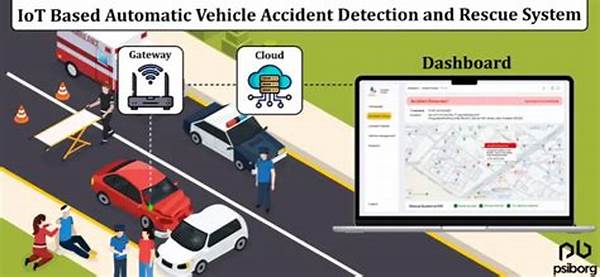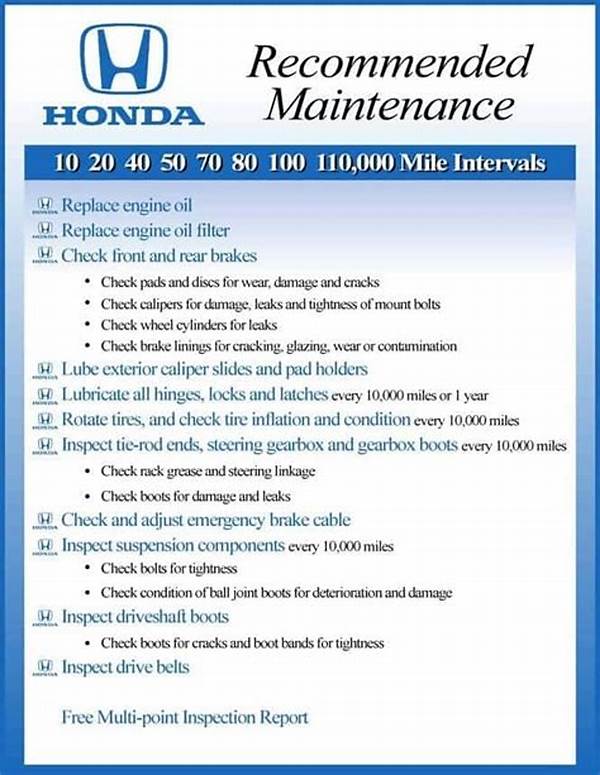Ford Explorer Rollover Risk Assessment
In recent years, the automotive industry has been increasingly attentive to vehicle safety. Among the various concerns, the risk of vehicle rollovers, particularly in SUVs like the Ford Explorer, has garnered significant attention. As customers prioritize safety, it’s essential to examine the Ford Explorer rollover risk assessment with a discerning eye and enumerate the potential vulnerabilities and strengths of this popular SUV. Through this analysis, drivers can be more informed about the safety features and limitations inherent in the design of the Ford Explorer.
Read Now : In-car Technology For Quattroporte
The Dynamics of Ford Explorer Rollover Risk Assessment
Ford Explorer rollover risk assessment is crucial as it affects thousands of families choosing this vehicle for its versatility and reputed resilience. The SUV market, known for its higher center of gravity, can present a higher risk for rollovers, necessitating stringent safety evaluations. Ford Explorer has shaped its reputation over the years, boasting advanced safety features intended to mitigate such risks.
In rollovers, the interplay of momentum, center of gravity, and roadway factors come into sharp relief. The Ford Explorer’s engineering now includes electronic stability control, side curtain airbags, and reinforced frames meant to counterbalance these risks. However, rollover risk assessments also underscore the importance of driver behavior. Aggressive driving, speeding, or sharp turns could escalate rollover chances despite the SUV’s robust design. Understanding how these dynamics interplay with vehicle features equips drivers to make safer decisions on the road, ensuring the Explorer lives up to its promise of safety and reliability.
Breaking Down the Details of Ford Explorer Rollover Risk Assessment
1. Stability Control: Ford Explorer incorporates stability control, a game-changer in rollover prevention, analyzing vehicle motion.
2. Driver Monitoring: Understanding the driver’s pivotal role is integral to the Ford Explorer rollover risk assessment.
3. Tire Quality: Superior tire grip decreases rollover risk, a key focus in the Ford Explorer rollover risk assessment.
4. Advanced Engineering: Structural integrity in engineering lessens risks highlighted in the Ford Explorer rollover risk assessment.
5. Technology Integration: Technology like sensors augments the Ford Explorer rollover risk assessment’s precautions.
Trends in the Ford Explorer Rollover Risk Assessment
The Ford Explorer rollover risk assessment isn’t just a dry safety checklist; it’s a vibrant dialogue about enhancing vehicle performance. With tech-savvy moms and road warriors spotlighting reliable safety features, Ford has ramped up its mojo. The buzz? Mainly around tech innovations like traction control systems that conspire with the vehicle’s hardware to cut down rollover risk like nobody’s business.
Road conditions can throw curveballs, yet the Ford Explorer’s nimble adaptability gleams through those unexpected twists and turns. The Ford Explorer rollover risk assessment reflects the automaker’s passion for fusing science with quotidian needs. While some purists might harp on nostalgia, there’s an undeniable, raw excitement in navigating a machine that’s the outcome of futuristic, reverberating dialogues among safety experts.
Key Insights from Ford Explorer Rollover Risk Assessment
1. Safety Tech Raves: Everybody’s hyped about features reducing grave flip threats.
2. User Data Jargon: Insights from real drivers empower substantive tweaks in assessments.
3. Layered Defenses: Every system aligns to create an indomitable fortress.
4. Adaptive Intelligence: Continual improvements keep the Ford Explorer rolling fresh.
Read Now : Suspension Design For Multiple Road Conditions
5. Vibe Shift: The perception of safety tech evolves, spotlighting holistic vehicle assessments.
6. Driver Trust: Safety assessments fuel consumer trust in Ford vehicles.
7. Precision Tools: Cutting-edge tools are the bridge from feedback to innovation.
8. Real-time Reports: On-the-fly data collection aids spontaneous safety checks.
9. Road-ready Adjustments: Create real-world extraordinary transformations.
10. Collaborative Feedback: Consumers and creators share in crafting safety advancements.
On the Horizon: Ford Explorer Rollover Risk Assessment
When aligning the Ford Explorer rollover risk assessment with the evolving tech landscape, there’s a massive canvas of prospective breakthroughs. Visualize tech that not only anticipates but intercepts risks, embodying active safety like never before. These innovations rooting from assessments hint at a universe where rollovers are obsolete, part of past vehicular folklore.
Ford’s commitment to raising the safety bar ensures that each Explorer isn’t just a ride, but a conversation starter worth sharing. The dialogues that stem from the Ford Explorer rollover risk assessment highlight consumer feedback woven seamlessly with cutting-edge design—a tapestry where practicality and innovation chisel out new paradigms in safety.
Abridged Narratives on Ford Explorer Rollover Risk Assessment
In the realm of vehicular safety excellence, Ford’s rigorous explorations into the Ford Explorer rollover risk assessment are as sharp as they come. With each gizmo and gadget optimizing the driving experience, this assessment is utterly critical. The Ford Explorer’s upgrades to both hardware and software reflect an enlightened understanding of on-road dynamics and mechanical fortitude.
From safer cornering maneuvers to smoother ride compliance, the observer’s seat turns into a first-class view of dynamic interplay. Such extensive scrutiny means those behind the wheel have the assurance to handle varied terrains while keeping risks at bay. Thus, the Ford Explorer rollover risk assessment is not merely analysis—it’s the assurance of safe passage, resonating peace of mind in everyday travels.



